We meticulously plan destination weddings and special occasions around the globe. We handle everything from selecting the destination to executing the event from A to Z. We’ve created destination weddings and special occasions in a range of breathtaking settings – from Ottoman palaces and sun-kissed vineyards to ancient castles and the world’s only ice hotel.
With Dubai as our HQ, we are no strangers to seven-star luxury. We also organize events on yachts, luxury villas, and grand hotels. Our handpicked global contacts personify our brand, especially our warm personality, and ensure your destination wedding or special occasion is nothing short of perfection.
“One of the most enchanting weddings we have worked on was in Istanbul”. Turkey is home to locations that look like they’re straight out of a fairytale. We’ve watched once-in-a-lifetime events come together at flamboyant Ottoman palaces and even a lighthouse in the middle of the sea”
~ Tasneem Alibhai, founder of TA Weddings & Special Occasions.
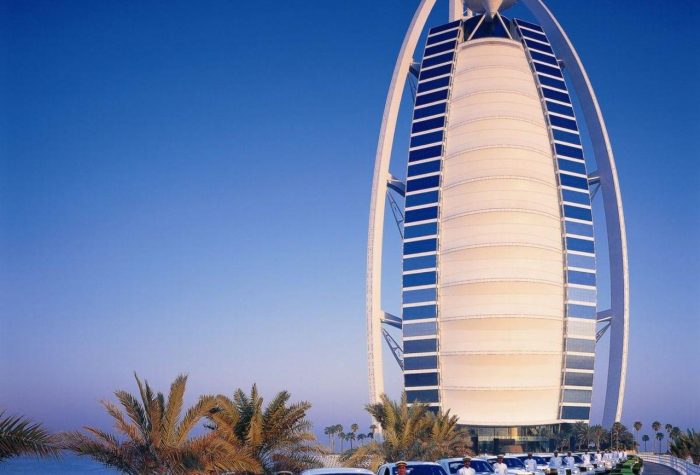
Dubai is a city and emirate in the United Arab Emirates known for luxury shopping, ultramodern architecture and a lively nightlife scene. Burj Khalifa, an 830m-tall tower, dominates the skyscraper-filled skyline.
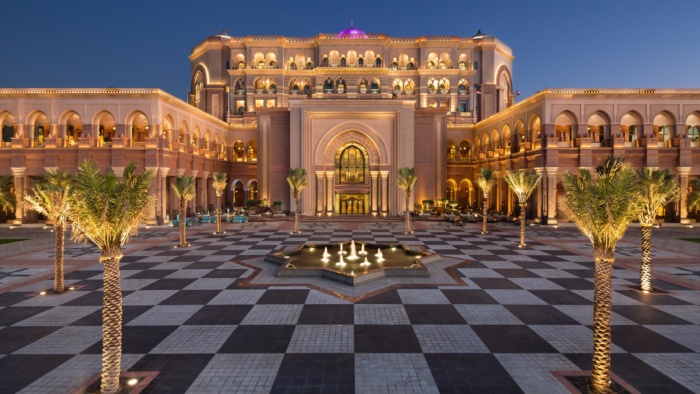
Abu Dhabi, the capital of the United Arab Emirates, sits off the mainland on an island in the Persian (Arabian) Gulf. Its focus on oil exports and commerce is reflected by the skyline’s modern towers and shopping megacenters such as Abu Dhabi and Marina malls.
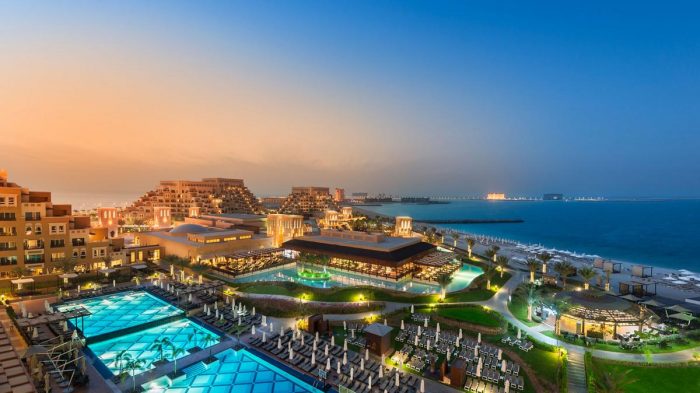
Ras Al Khaimah is the northernmost emirate of the United Arab Emirates. It’s known for its Arabian Gulf beaches. In the capital city of the same name, the National Museum of Ras Al Khaimah occupies a centuries-old fort. The museum features regional history and archaeological exhibits. Nearby is the large, traditional Mohammed bin Salem Mosque. Northeast, the mountaintop Dhayah Fort dates from the 19th century.
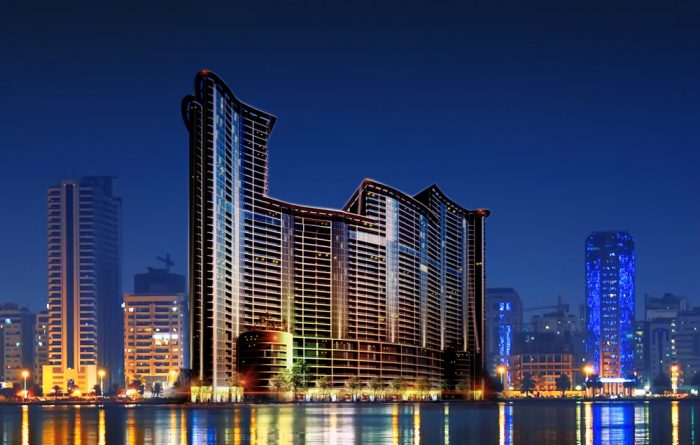
Ajman is the capital of the emirate of Ajman in the United Arab Emirates, located along the Persian Gulf.
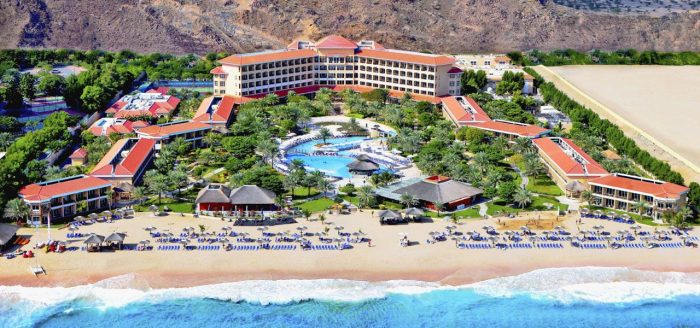
Fujairah is an emirate on the east coast of the United Arab Emirates, lying along the Gulf of Oman. It’s known for its beaches and the Hajar Mountains, which run through much of the emirate. In the south, the city of Fujairah is home to the massive Sheikh Zayed Mosque, with its towering white minarets

Muscat, Oman’s port capital, sits on the Gulf of Oman surrounded by mountains and desert. With history dating back to antiquity, it mixes high-rises and upscale shopping malls with clifftop landmarks such as the 16th-century Portuguese forts, Al Jalali and Mirani, looming over Muscat Harbor. Its modern, marble-clad Sultan Qaboos Grand Mosque, with 50m dome and prodigious Persian carpet, can accommodate 20,000 people.
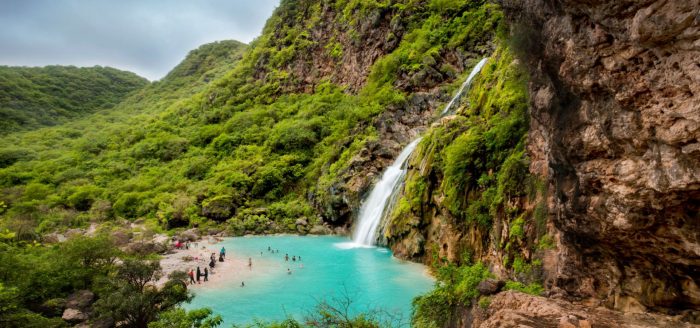
Salalah is the capital city of southern Oman’s Dhofar province. It’s known for its banana plantations, Arabian Sea beaches and waters teeming with sea life. The Khareef, an annual monsoon, transforms the desert terrain into a lush, green landscape and creates seasonal waterfalls. The Frankincense Land Museum, part of the Al Balid Archaeological Site, recounts the city’s maritime history and role in the spice trade.

Jodhpur is a city in the Thar Desert of the northwest Indian state of Rajasthan. Its 15th-century Mehrangarh Fort is a former palace that’s now a museum, displaying weapons, paintings and elaborate royal palanquins (sedan chairs). Set on on a rocky outcrop, the fort overlooks the walled city, where many buildings are painted the city’s iconic shade of blue.
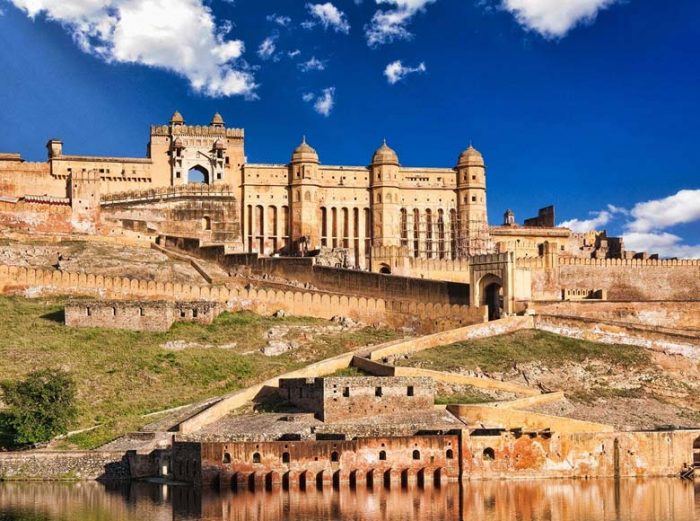
Jaipur is the capital of India’s Rajasthan state. It evokes the royal family that once ruled the region and that, in 1727, founded what is now called the Old City, or “Pink City” for its trademark building color. At the center of its stately street grid (notable in India) stands the opulent, colonnaded City Palace complex. With gardens, courtyards and museums, part of it is still a royal residence.
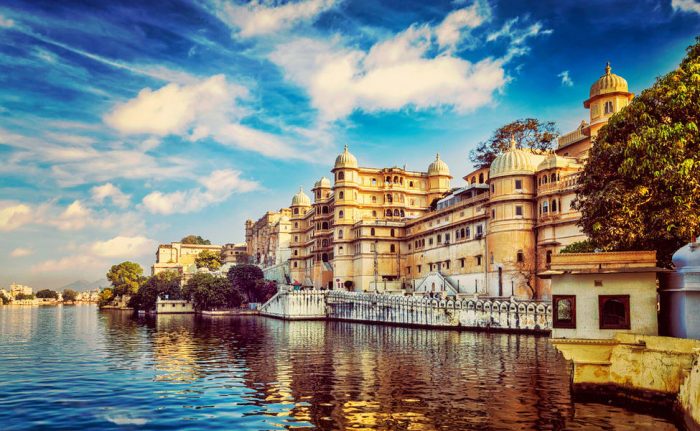
Udaipur, formerly the capital of the Mewar Kingdom, is a city in the western Indian state of Rajasthan. Founded by Maharana Udai Singh II in 1559, it’s set around a series of artificial lakes and is known for its lavish royal residences. City Palace, overlooking Lake Pichola, is a monumental complex of 11 palaces, courtyards and gardens, famed for its intricate peacock mosaics.

Goa is a state in western India with coastlines stretching along the Arabian Sea. Its long history as a Portuguese colony prior to 1961 is evident in its preserved 17th-century churches and the area’s tropical spice plantations. Goa is also known for its beaches, ranging from popular stretches at Baga and Palolem to those in laid-back fishing villages such as Agonda.

Istanbul is a major city in Turkey that straddles Europe and Asia across the Bosphorus Strait. Its Old City reflects cultural influences of the many empires that once ruled here. In the Sultanahmet district, the open-air, Roman-era Hippodrome was for centuries the site of chariot races, and Egyptian obelisks also remain.
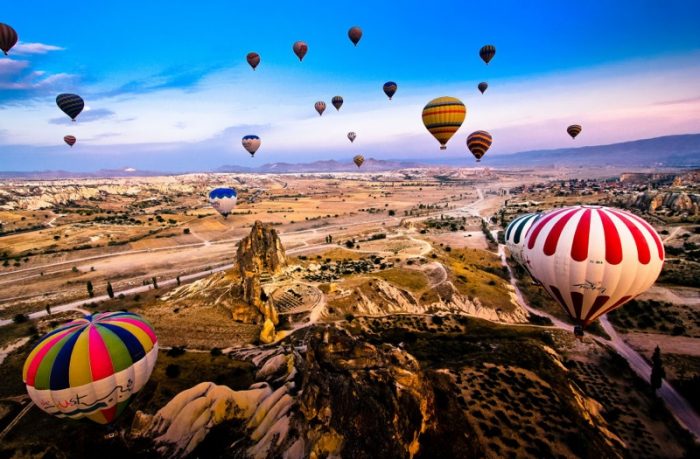
Cappadocia, a semi-arid region in central Turkey, is known for its distinctive “fairy chimneys,” tall, cone-shaped rock formations clustered in Monks Valley, Göreme and elsewhere. Other notables sites include Bronze Age homes carved into valley walls by troglodytes (cave dwellers) and later used as refuges by early Christians.
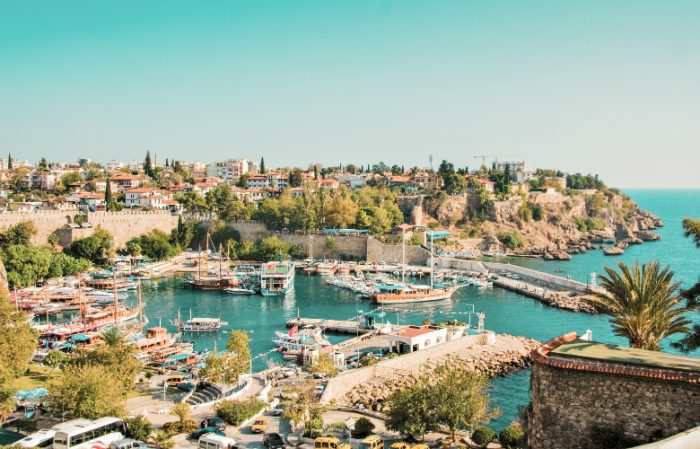
Antalya is a Turkish resort city with a yacht-filled Old Harbor and beaches flanked by large hotels. It’s a gateway to Turkey’s southern Mediterranean region, known as the Turquoise Coast for its blue waters. Remnants remain from Antalya’s time as a major Roman port.

Rome, Italy’s capital, is a sprawling, cosmopolitan city with nearly 3,000 years of globally influential art, architecture and culture on display. Ancient ruins such as the Forum and the Colosseum evoke the power of the former Roman Empire.

Florence, capital of Italy’s Tuscany region, is home to many masterpieces of Renaissance art and architecture. One of its most iconic sights is the Duomo, a cathedral with a terracotta-tiled dome engineered by Brunelleschi and a bell tower by Giotto.

Venice, the capital of northern Italy’s Veneto region, is built on more than 100 small islands in a lagoon in the Adriatic Sea. It has no roads, just canals – including the Grand Canal thoroughfare – lined with Renaissance and Gothic palaces.

The Amalfi Coast is a 50-kilometer stretch of coastline along the southern edge of Italy’s Sorrentine Peninsula, in the Campania region. It’s a popular holiday destination, with sheer cliffs and a rugged shoreline dotted with small beaches and pastel-colored fishing villages.

Lake Como, in Northern Italy’s Lombardy region, is an upscale resort area known for its dramatic scenery, set against the foothills of the Alps. The lake is shaped like an upside-down Y, with three slender branches that meet at the resort town of Bellagio.

Paris, France’s capital, is a major European city and a global center for art, fashion, gastronomy and culture. Its 19th-century cityscape is crisscrossed by wide boulevards and the River Seine. Beyond such landmarks as the Eiffel Tower and the 12th-century, Gothic Notre-Dame cathedral, the city is known for its cafe culture and designer boutiques along the Rue du Faubourg Saint-Honoré.
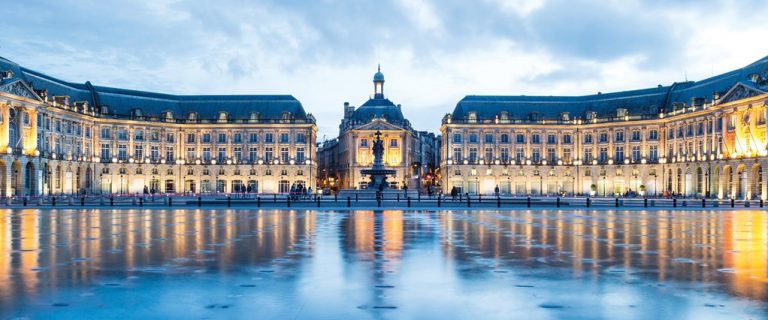
Bordeaux, hub of the famed wine-growing region, is a port city on the Garonne River in southwestern France. It’s known for its Gothic Cathédrale Saint-André, 18th- to 19th-century mansions and notable art museums such as the Musée des Beaux-Arts de Bordeaux. Public gardens line the curving river quays. The grand Place de la Bourse, centered on the Three Graces fountain, overlooks the Miroir d’Eau reflecting pool.

Monaco is a tiny independent city-state on France’s Mediterranean coastline known for its upscale casinos, yacht-lined harbor and prestigious Grand Prix motor race, which runs through Monaco’s streets once a year. Monte-Carlo, its major district, is home to an elegant belle-époque casino complex and ornate Salle Garnier opera house. It also has many luxe hotels, boutiques, nightclubs and restaurants.

Normandy is a region of northern France. Its varied coastline includes white-chalk cliffs and WWII beachheads, including Omaha Beach, site of the famous D-Day landing. Just off the coast, the rocky island of Mont-Saint-Michel is topped by a soaring Gothic abbey. The city of Rouen, dominated by Cathédrale Notre-Dame de Rouen, is where military leader and Catholic saint Joan of Arc was executed in 1431.

Burgundy is a historical region in east-central France. It’s famous for its Burgundy wines as well as pinot noirs and Chardonnay, Chablis and Beaujolais. The area is crisscrossed by a network of canals and studded with grand châteaux, some now luxury hotels. The capital, Dijon, of mustard fame, is home to the imposing Palace of the Dukes, where the distinguished Musée des Beaux-Arts was established in 1787.
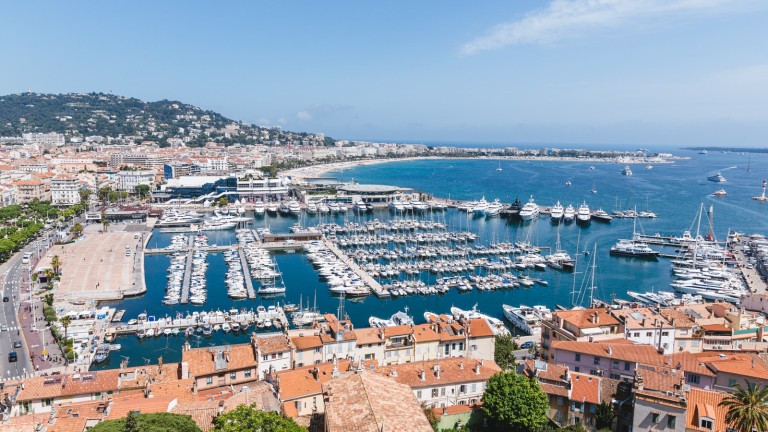
Cannes, a resort town on the French Riviera, is famed for its international film festival. Its Boulevard de la Croisette, curving along the coast, is lined with sandy beaches, upmarket boutiques and palatial hotels. It’s also home to the Palais des Festivals et des Congrès, a modern building complete with red carpet and Allée des Étoiles – Cannes’ walk of fame.
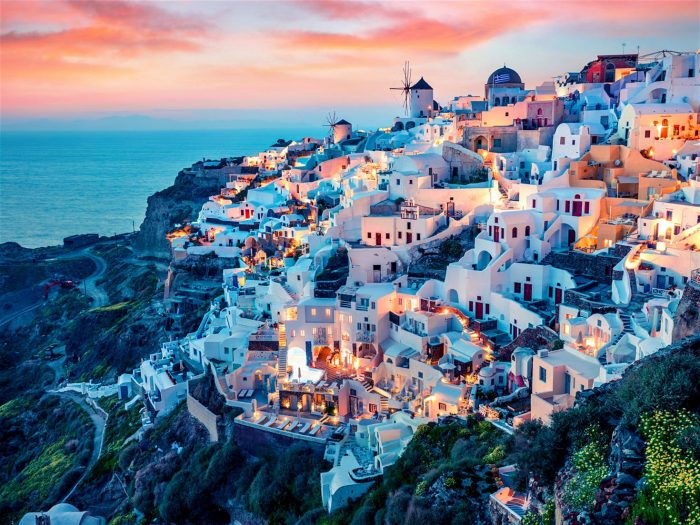
Santorini is one of the Cyclades islands in the Aegean Sea. It was devastated by a volcanic eruption in the 16th century BC, forever shaping its rugged landscape. The whitewashed, cubiform houses of its 2 principal towns, Fira and Oia, cling to cliffs above an underwater caldera (crater).
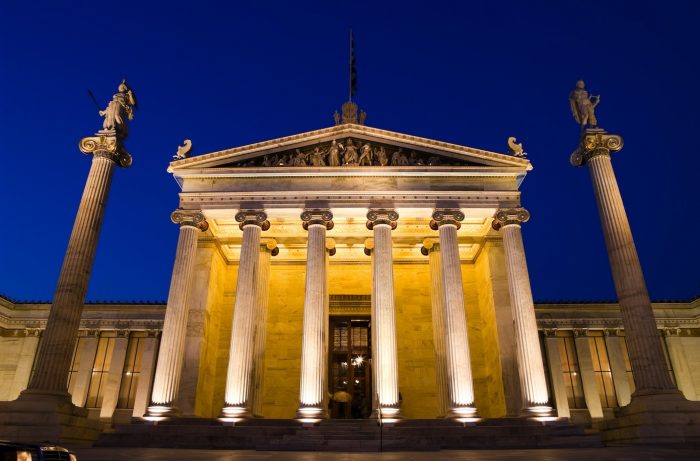
Athens is the capital of Greece. It was also at the heart of Ancient Greece, a powerful civilization and empire. The city is still dominated by 5th-century BC landmarks, including the Acropolis, a hilltop citadel topped with ancient buildings like the colonnaded Parthenon temple.
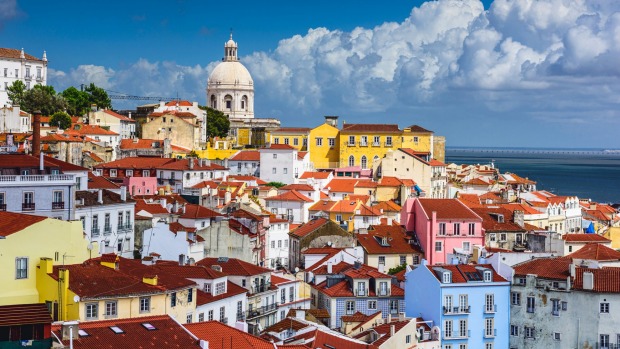
Lisbon is Portugal’s hilly, coastal capital city. From imposing São Jorge Castle, the view encompasses the old city’s pastel-colored buildings, Tagus Estuary and Ponte 25 de Abril suspension bridge. Nearby, the National Azulejo Museum displays 5 centuries of decorative ceramic tiles. Just outside Lisbon is a string of Atlantic beaches, from Cascais to Estoril.
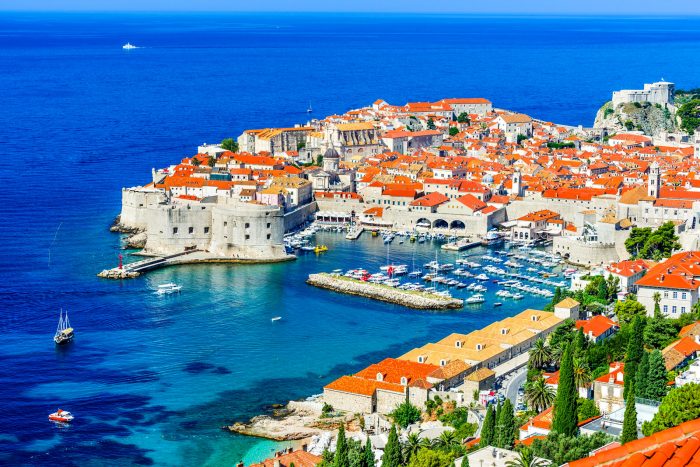
Dubrovnik is a city in southern Croatia fronting the Adriatic Sea. It’s known for its distinctive Old Town, encircled with massive stone walls completed in the 16th century. Its well-preserved buildings range from baroque St. Blaise Church to Renaissance Sponza Palace and Gothic Rector’s Palace, now a history museum.
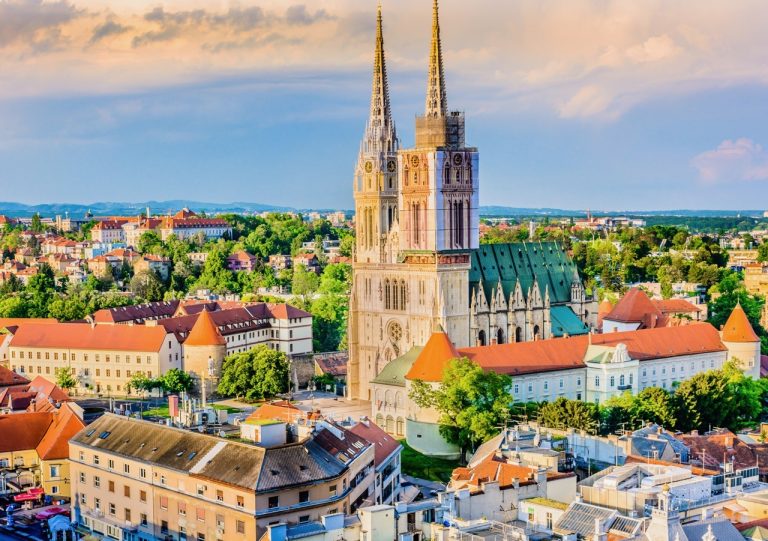
Zagreb, Croatia’s northwestern capital, is distinguished by its 18th- and 19th-century Austro-Hungarian architecture. At its center, Upper Town is the site of the Gothic, twin-spired Zagreb Cathedral and 13th-century St. Mark’s Church, with a colorfully tiled roof. Nearby is pedestrian-friendly Tkalčićeva Street, lined with outdoor cafes. Lower Town has the main square, Ban Jelačić, plus shops, museums and parks.

The Adriatic Sea is a body of water separating the Italian Peninsula from the Balkan peninsula. The Adriatic is the northernmost arm of the Mediterranean Sea, extending from the Strait of Otranto to the northwest and the Po Valley.

England is a country that is part of the United Kingdom. It shares land borders with Wales to the west and Scotland to the north. The Irish Sea lies west of England and the Celtic Sea to the southwest. England is separated from continental Europe by the North Sea to the east and the English Channel to the south.

Scotland, the U.K.’s northernmost country, is a land of mountain wildernesses such as the Cairngorms and Northwest Highlands, interspersed with glacial glens (valleys) and lochs (lakes). Its major cities are Edinburgh, the capital, with its iconic hilltop castle, and Glasgow, famed for its vibrant cultural scene. Scotland is also famous for golf, the game first played at the Old Course at St Andrews in the 1400s.
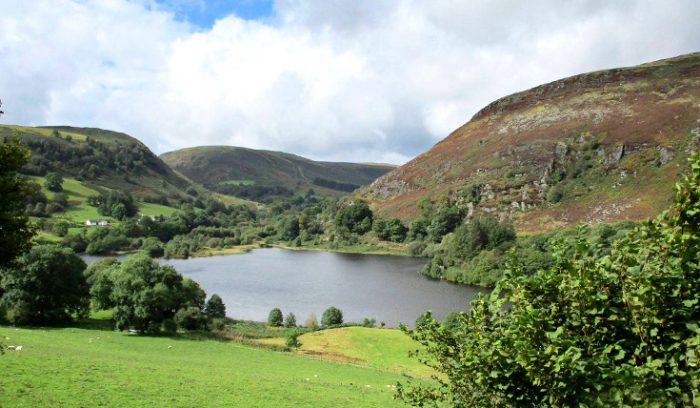
Wales is a country in southwest Great Britain known for its rugged coastline, mountainous national parks, distinctive Welsh language and Celtic culture. Cardiff, the capital, is a refined coastal city with a nightlife scene and a medieval castle with ornate Gothic Revival interiors. In the northwest, Snowdonia National Park has lakes, glacial landforms, hiking trails and a railway up to the peak of Snowdon.
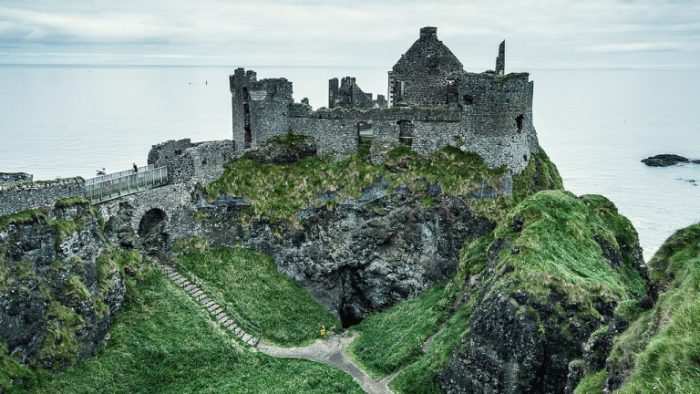
Northern Ireland is part of the United Kingdom. The country is known for its Norman castles, glacial valleys and mountains, Celtic and Christian monuments, and coastal links golf courses. Capital city Belfast is home to the political murals of the 20th-century ‘Troubles’ conflict, and the Titanic Quarter, showcasing the redeveloped dockyards where the famous ship was built and a contemporary museum, Titanic Belfast.

Paphos is a city on the southwest coast of the Mediterranean island of Cyprus. Inhabited since Neolithic times, it has several sites relating to the cult of goddess Aphrodite, whose mythical birthplace was at Old Paphos (Kouklia). New Paphos is the modern city that incorporates the harbor, and the ancient ruins of tombs, fortresses, theaters and villas at Paphos Archaeological Park.
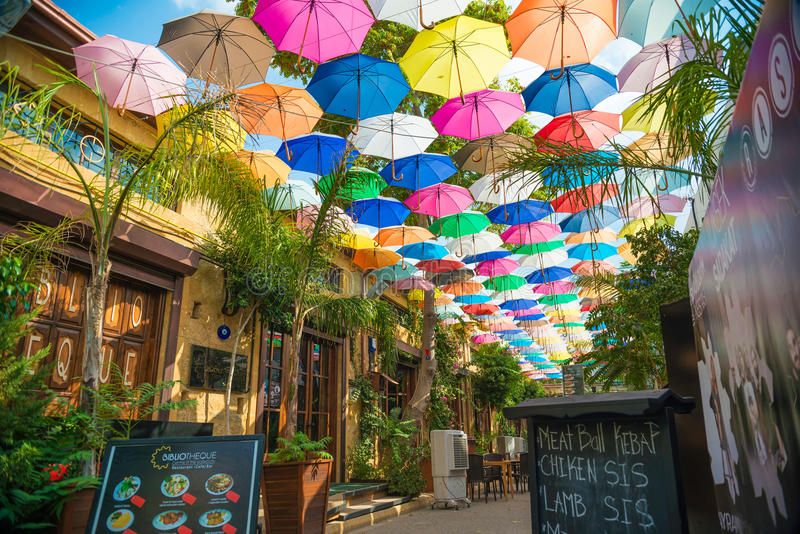
Nicosia, also known as Lefkosia, is the divided capital city of Cyprus. South of the border, on the Greek side, the Cyprus Museum has archaeological finds from the Neolithic to Byzantine periods, including the Aphrodite of Soloi statue. Nearby, the old city’s 16th-century Venetian walls include the Famagusta, Kyrenia and Paphos gates. Inside the walls, a marble mausoleum sits next to 19th-century Faneromeni Church.

Limassol is a city on the southern coast of Cyprus. It’s known for the centuries-old Limassol Castle, home to the Cyprus Medieval Museum and its collection of pottery and tombstones. On the seafront is the Prokymea (Molos) Sculpture Park, with sculptures by Cypriot, Greek and international artists. To the northeast is the Limassol Archaeological Museum, exhibiting artifacts from the Neolithic to the Roman periods.

Larnaca (Larnarka) is a port city on the south coast of Cyprus. It’s known for Finikoudes Beach, a sandy strip in the city center backed by a palm-lined seaside promenade. Buzzing bars line the waterfront at Mackenzie Beach. Just offshore, the MS Zenobia wreck is a popular dive site. The 9th-century Church of Saint Lazarus contains the tomb of the saint said to have risen from the dead.

Bergen is a city on Norway’s southwestern coast. It’s surrounded by mountains and fjords, including Sognefjord, the country’s longest and deepest. Bryggen features colorful wooden houses on the old wharf, once a center of the Hanseatic League’s trading empire.
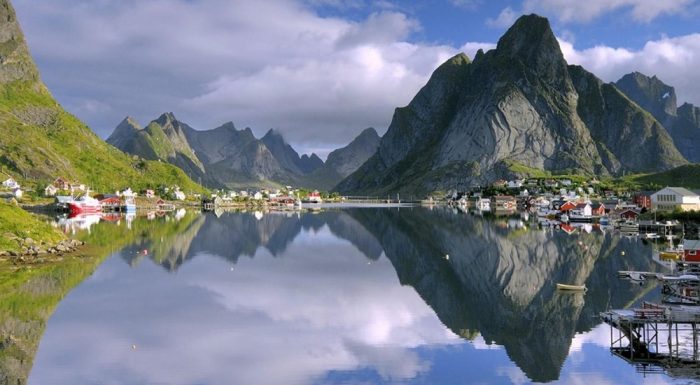
Gudvangen is a village in the municipality of Aurland in Sogn og Fjordane county, Norway. It is a popular tourist destination and is located at the end of the Nærøyfjord where the Nærøydalselvi river empties into the fjord.
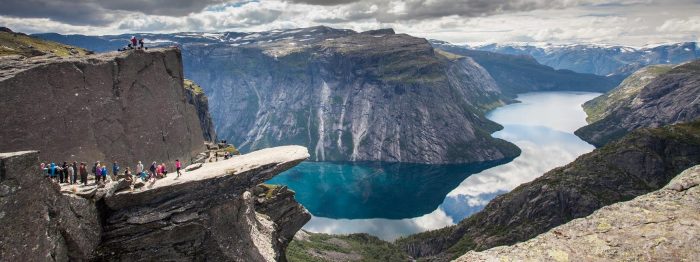
The Hardangerfjord is the fourth longest fjord in the world, and the second longest fjord in Norway. It is located in Hordaland county in the Hardanger region.

Voss is a municipality and a traditional district in Hordaland county, Norway. The administrative center of the municipality is the village of Vossevangen.

The city of Zurich, a global center for banking and finance, lies at the north end of Lake Zurich in northern Switzerland. The picturesque lanes of the central Altstadt (Old Town), on either side of the Limmat River, reflect its pre-medieval history. Waterfront promenades like the Limmatquai follow the river toward the 17th-century Rathaus (town hall).

Montreux is a traditional resort town on Lake Geneva. Nestled between steep hills and the lakeside, it’s known for its mild microclimate and the Montreux Jazz Festival, held in July. The town’s promenade is lined with flowers, sculptures, Mediterranean trees and grand Belle Époque buildings. Offshore is a medieval island castle, Château de Chillon, with ramparts, formal halls and a chapel with 14th-century murals.

The Schilthorn is a summit in Europe, in the Bernese Alps of Switzerland. It overlooks the valley of Lauterbrunnen in the Bernese Oberland, and is the highest mountain in the range lying north of the Sefinenfurgge Pass. The Schilthorn lies above the village of Mürren, from where a cable car leads to its summit.